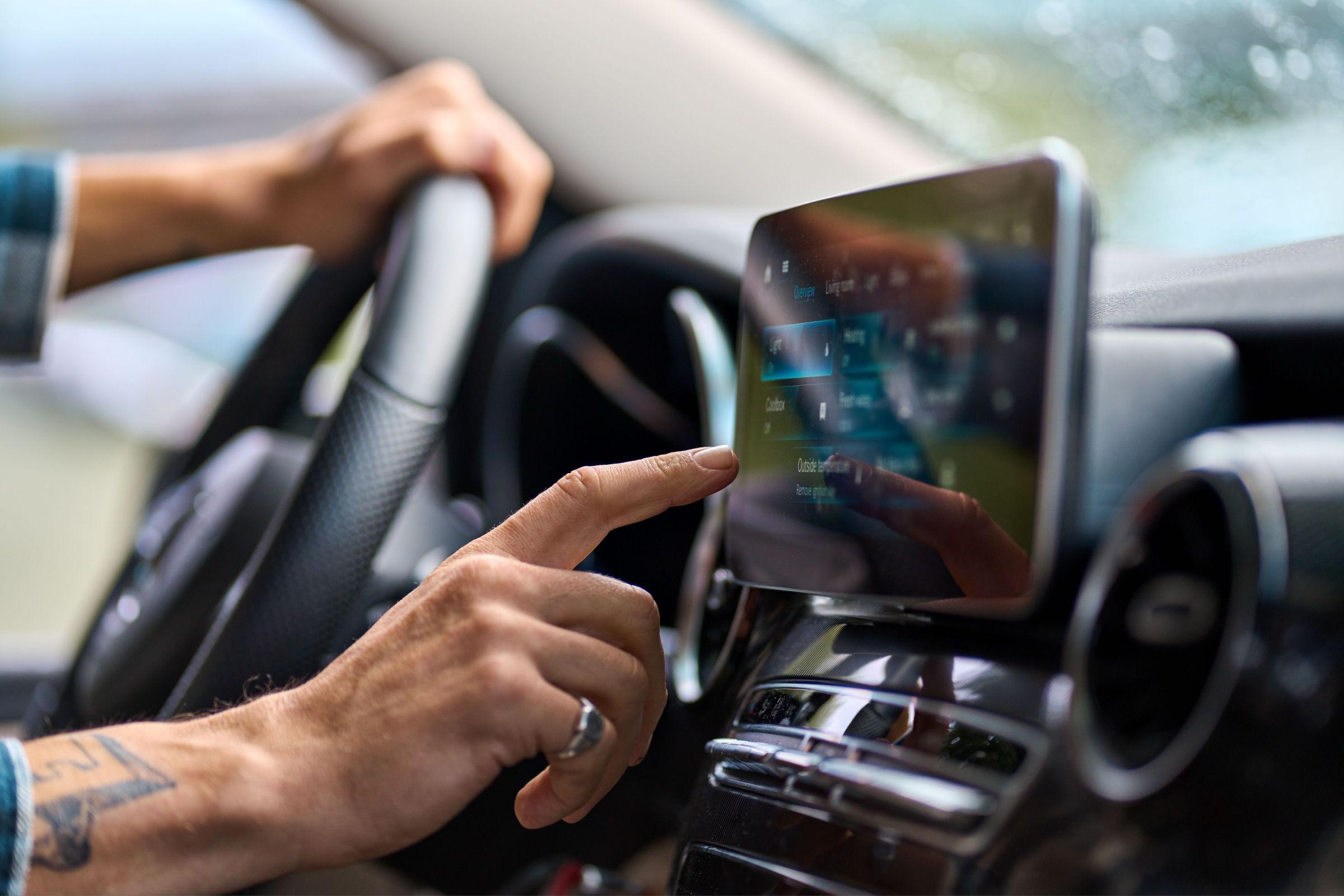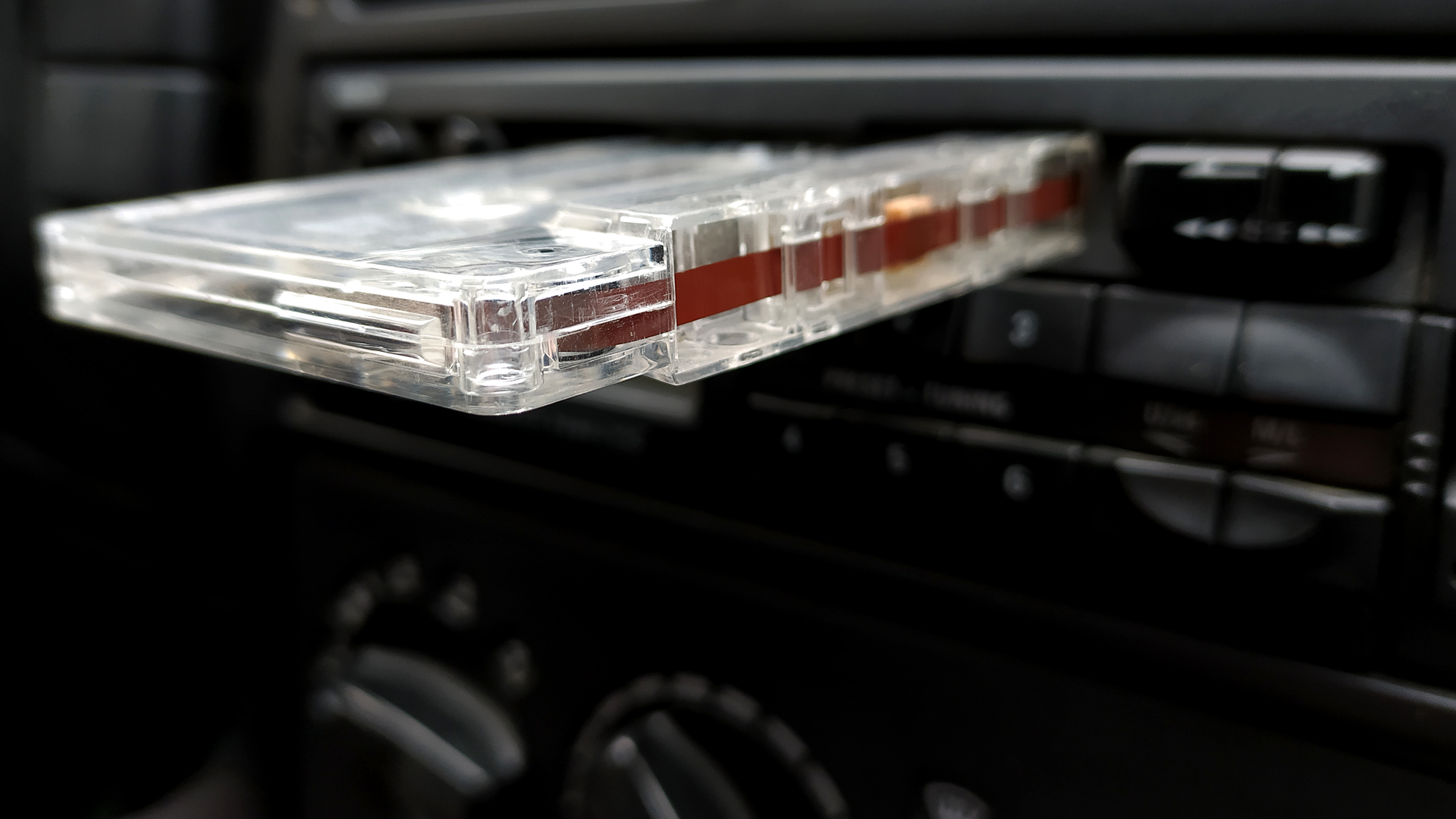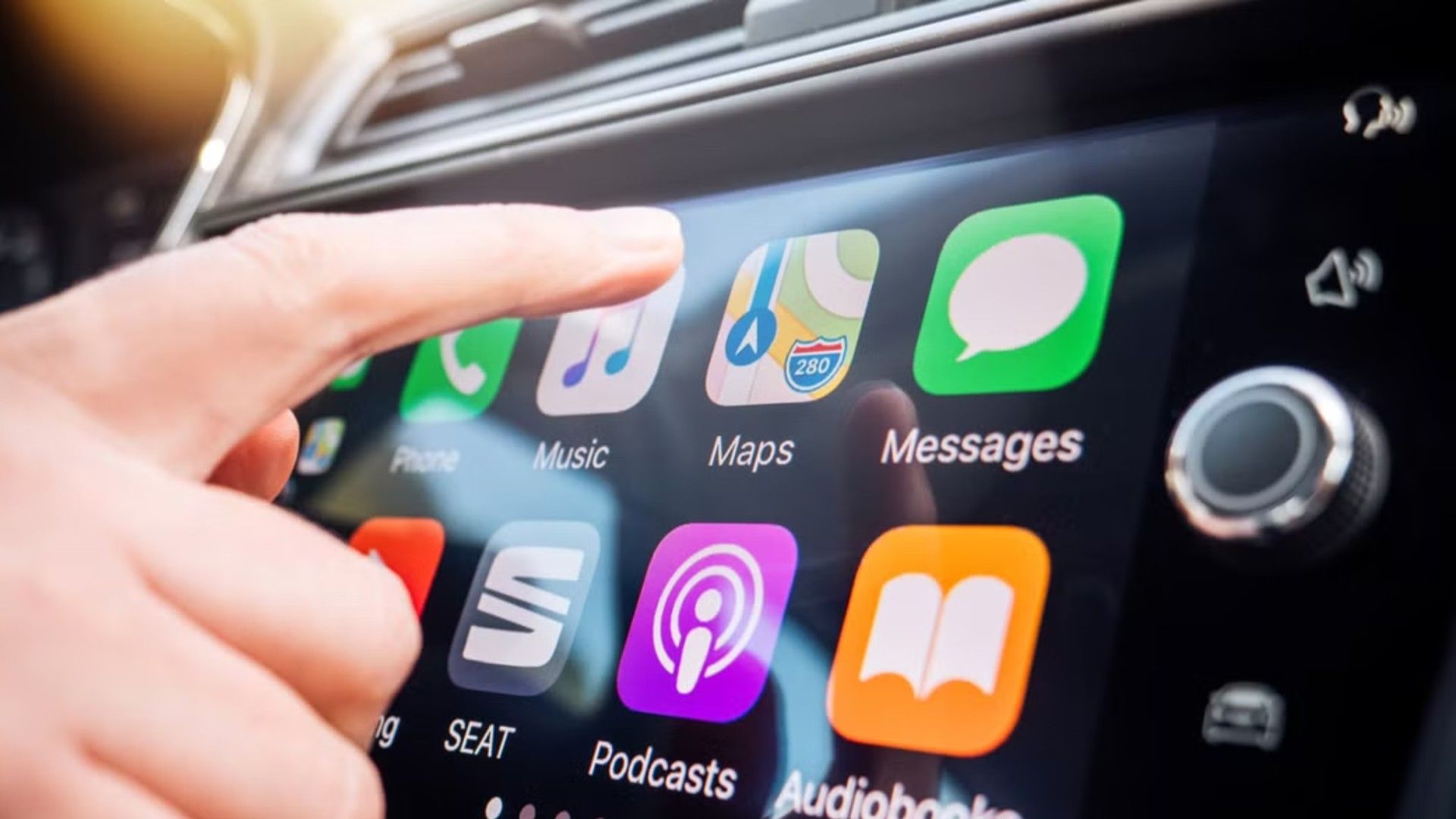Summary
- Stereo theft declined with the rise of factory-integrated systems, which are harder to resell.
- Thieves shifted focus to new targets like catalytic converters, wheels, airbags, and tailgates.
- Car owners invented tricks like detachable faceplates, security codes, and signs to deter theft.
There was a time when leaving your car parked overnight felt like an open invitation for someone to pop your stereo out like a slice of toast. If you owned a car in the 80s or 90s, you probably remember the panic of glancing through your car window and seeing wires where your head unit used to be. It was really annoying, but that risk has quietly faded into the background. So, what changed?
Why Car Stereo Theft Became an Epidemic
It didn’t matter if you were parked outside your house or in a busy shopping mall; thieves were everywhere, armed with screwdrivers and crowbars, ready to snatch your prized stereo system in seconds. This became such a massive problem because, for starters, the original audio equipment from car manufacturers at the time was typically underwhelming, which created a massive demand for aftermarket upgrades.
Companies like Alpine, Pioneer, Kenwood, and Sony competed to create increasingly sophisticated systems with detachable faceplates, graphic equalizers, and eventually CD players that replaced earlier cassette decks. The more features a unit had, the more desirable it became, both to legitimate consumers and thieves.
However, the downside of these stereos was that they were incredibly easy to steal. Most units slid neatly into a slot, held in place by little more than a few screws. Thieves could pop them out fast, and once stolen, these stereos were valuable on the black market that had developed specifically for these items. They were small, valuable (might have been worth anything between $200 and $1,000, which is equivalent to roughly about $400 to $2,000 today), and easy to resell, making for a perfect loot.
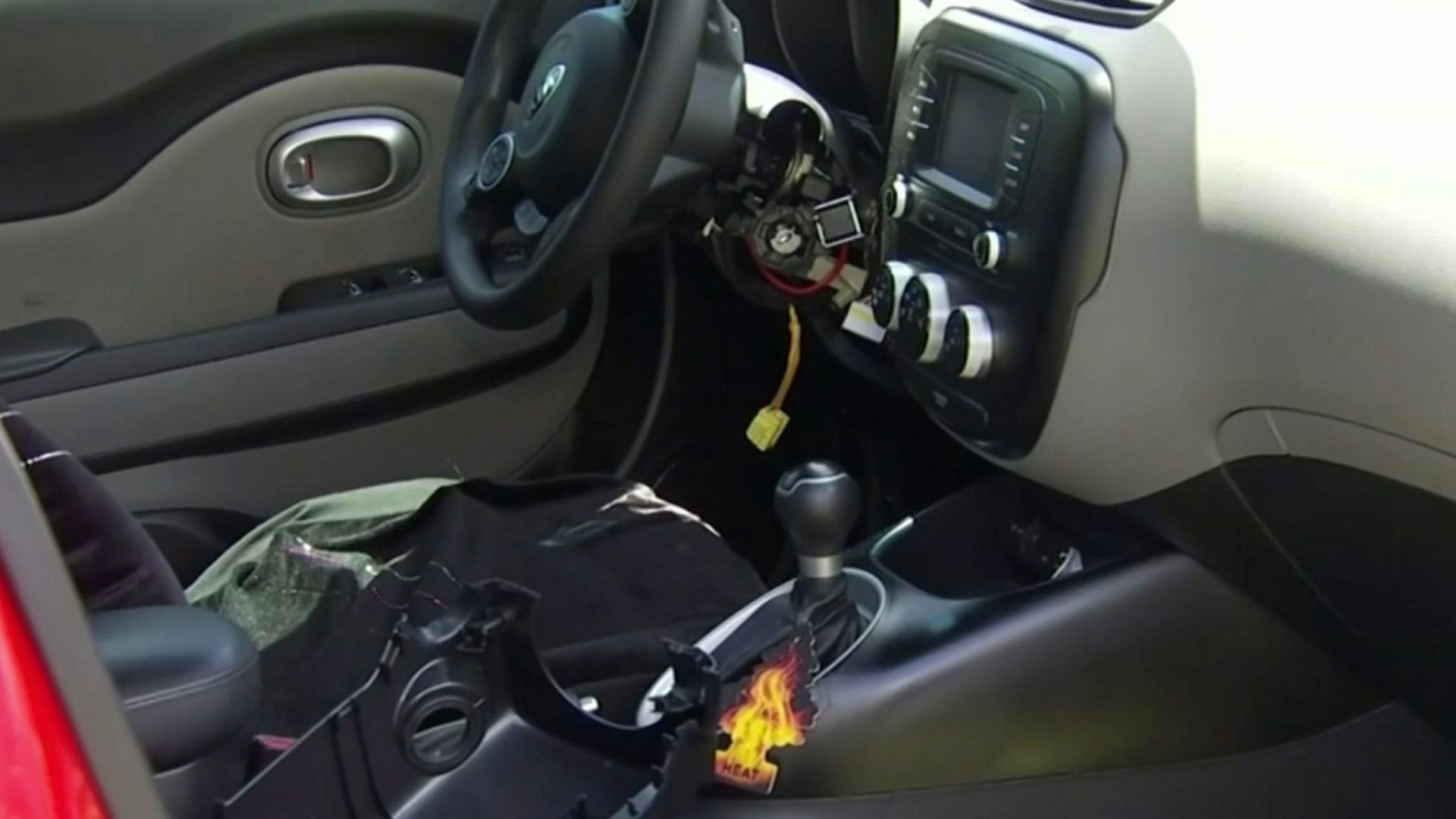
Related
TikTok Thieves Steal Kia and Hyundai Cars in Viral Challenge
All it takes is a USB cable to steal one—time to break out the old steering column locks.
Car Owners Fought Back With Clever Tricks
The simplest trick in the book was watching where you park your car. It was a bad idea to pull into a dark alley behind an abandoned building. But there was less of a chance of having your stereo ripped out if you parked under a bright lamp post in a busy lot or near a building with security cameras. Thieves hate attention, so parking where people can actually see your car works better.
However, the most iconic anti-theft strategy people came up with was the detachable faceplate. At that time, every cool aftermarket stereo had a face that popped off like a transformer mask. You’d finish your drive, pull off the faceplate, and toss it in your bag—or, in some cases, an overly padded, oddly bulky carrying case. Without the face panel containing the controls and display, the stereo was essentially a useless box of electronics.
Then there were the radios that came with security codes. These were a bit more subtle, but just as clever. If a thief yanked your stereo out and tried to power it on somewhere else, they’d be met with a prompt asking for a PIN code they didn’t have. It was the audio equivalent of a locked iPhone: essentially a very expensive brick.
Another trick was the signs. You’d walk past a car and see a note taped inside the window: “No Radio” or something like that. It was a bluff, sometimes true, sometimes not. But the message was clear—don’t bother—nothing to steal here. Thieves might see it and move on. One less smashed window, one less headache.
Car alarms represented the more aggressive approach. If a thief so much as looked at your door handle wrong, the car would light up and start wailing for attention from people half a block away staring out their windows. Some people also went full stealth mode, using window tinting to keep things hidden. It didn’t just keep the sun off your leather seats, but it made it harder for would-be thieves to scope out your dashboard for prizes.
The Rise of Factory-Integrated Audio Systems Changed the Game
Car manufacturers eventually got smart. Instead of leaving audio systems as an afterthought, they started building them right into the dashboard—custom-shaped, software-tied, and often paired with other vehicle controls. Suddenly, ripping out a stereo wasn’t as simple as popping a few clips and yanking wires. In fact, in many newer vehicles, the audio system is so deeply integrated into the car’s electronics that removing it without bricking half the dashboard is nearly impossible.
That integration made factory stereos way less appealing to thieves. There’s no resale market for a head unit that only works in a 2020 Honda Civic and requires a dealership reprogramming to install.
Even better, manufacturers started focusing more on quality. As I mentioned earlier, factory audio used to be a joke. It often lacked the power and capabilities of the aftermarket alternatives. But now, companies are teaming up with audio giants like Bose, JBL, Bang & Olufsen, and Harman Kardon to deliver rich, immersive sound right off the lot. For most people, there’s just no need to upgrade anymore. That’s a huge win for both convenience and security.
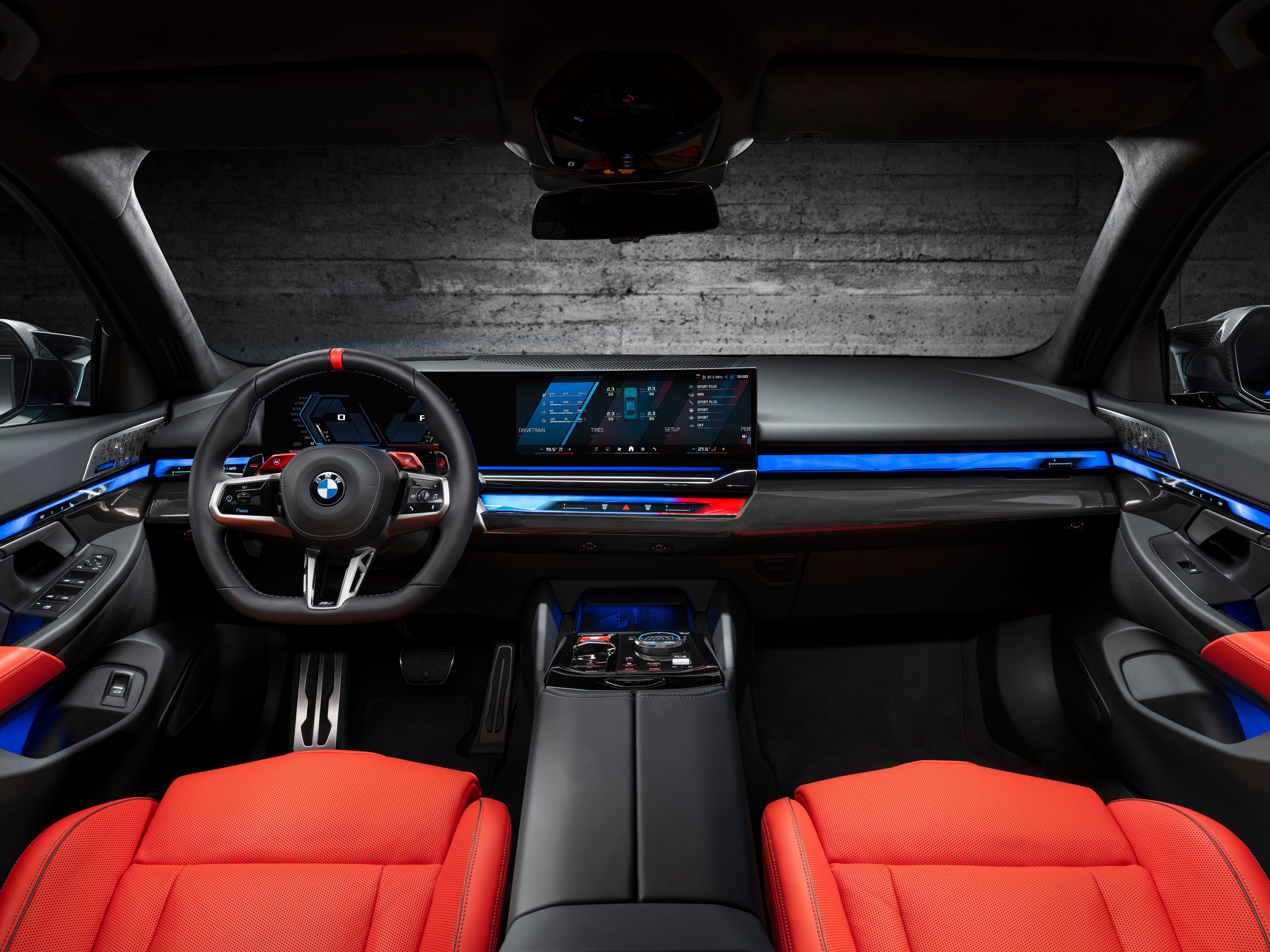
Related
I Won’t Buy a New Car Without These 10 Tech Features
From advanced safety features to driver assistance features and connectivity, these are the tech features I can’t live without.
Car Stereo Theft Has Shifted to Other Targets
As car stereos became less attractive to thieves, criminals didn’t just hang up their crowbars and call it a day. They have simply pivoted to other lucrative targets. Catalytic converters have been particularly notable, with thefts surging to over 64,000 in 2022, driven by the value of the rare earth metals they contain, like platinum and rhodium, as reported by the National Insurance Crime Bureau.
Wheels and tires are next on the list. They’re expensive, and a seasoned thief can strip them off in no time. Tailgates, especially from trucks like the Toyota Tacoma, pop off fast and sell even faster. Thieves love them for how easy they are to remove. Airbags also disappear pretty often, as they, weirdly enough, have their shadow market. Third-row seats in full-sized SUVs are another target, as they can be easily removed and resold, often without locks to secure them.
And then there’s the stuff we leave behind, like phones, laptops, wallets, or purses, and anything someone forgets in the front seat. If thieves spot it, they can smash a window and grab it, which is even easier if the car doors are not locked. Worse still are car registration papers. They don’t look like much, but they’ve got your name, address, and everything someone needs to mess with your identity.



